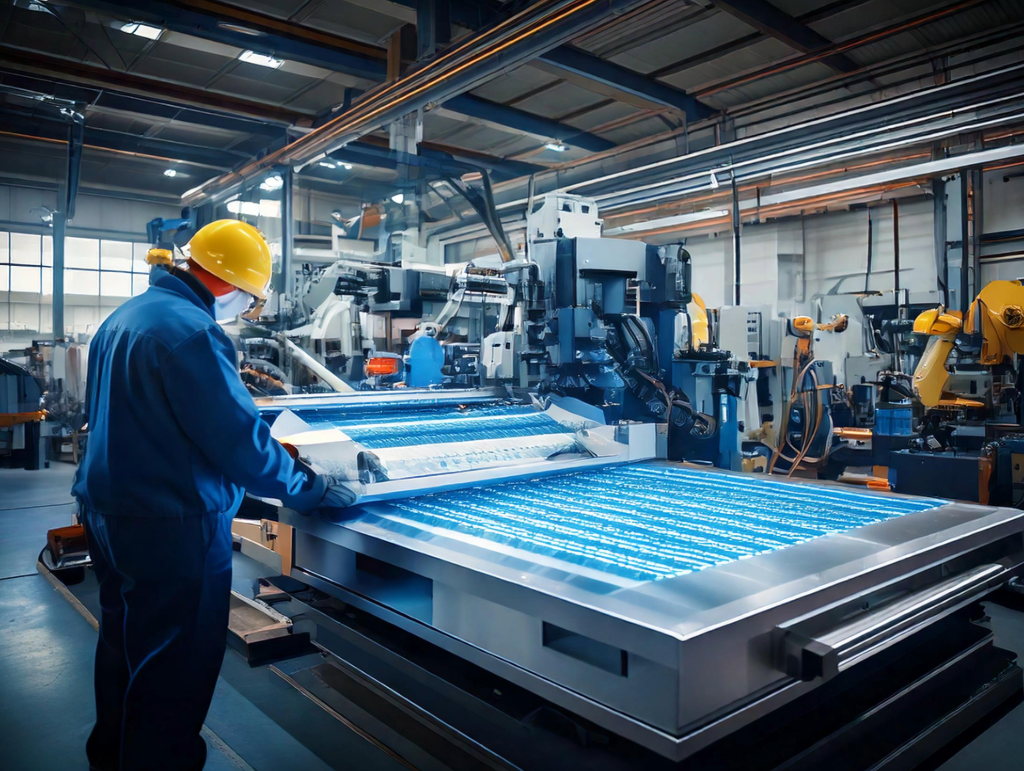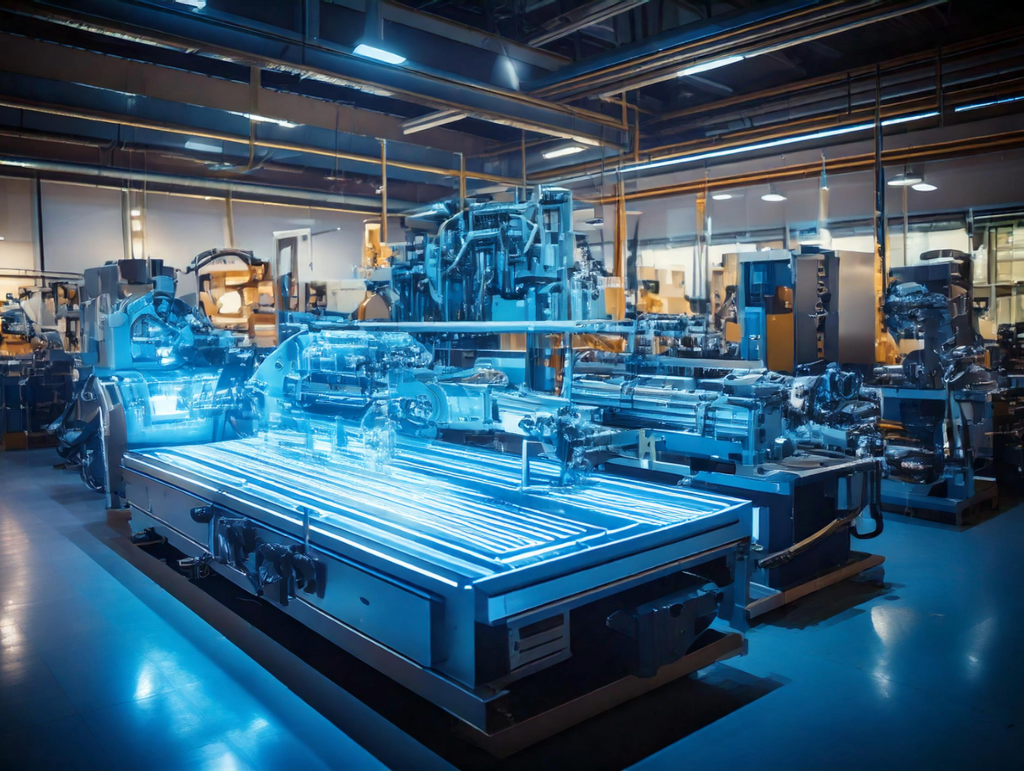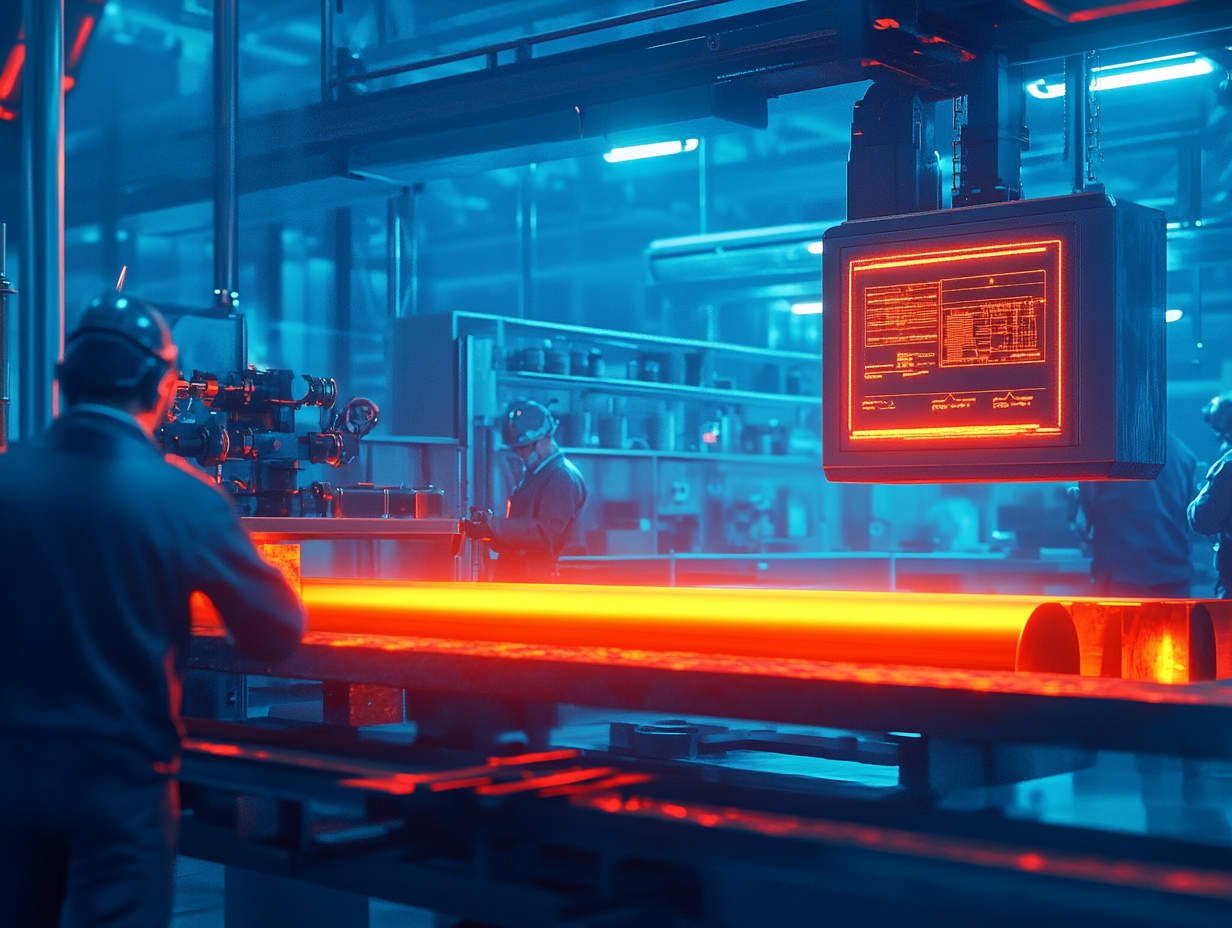Bending is a crucial step in metal forming, but post-bending welding plays an equally vital role in enhancing the durability and functionality of the final product. Proper welding applications ensure the structural integrity of materials while meeting safety and quality standards.
The relationship between material thickness and bending radius is essential for achieving quality and durable production in metalworking. Accurate calculations minimize the risk of cracking while ensuring precision in dimensions.
Cold bending is a critical process that allows for precise shaping of metals at room temperature. Accurate dimensional calculations ensure the integrity, durability, and functionality of the final product.
In metal forming and sheet processing industries, the relationship between material thickness and bending radius is a cornerstone of production quality. Incorrectly calculated bending radii can lead to material cracking, deformation, or structural failure.
Material thickness and bending radius are critical factors in the manufacturing of durable and high-quality products. Incorrectly calculated bending radii can lead to cracking, deformation, or structural failure, compromising the integrity of the product
ot bending is a critical metalworking technique that allows for the shaping of materials that are difficult to form under normal conditions. By heating metals to a specific temperature, this method enhances their elasticity and prevents issues such as cracking or deformation. Hot bending is widely used in industries that require durable and precisely shaped components, such as aerospace, automotive, and energy.







